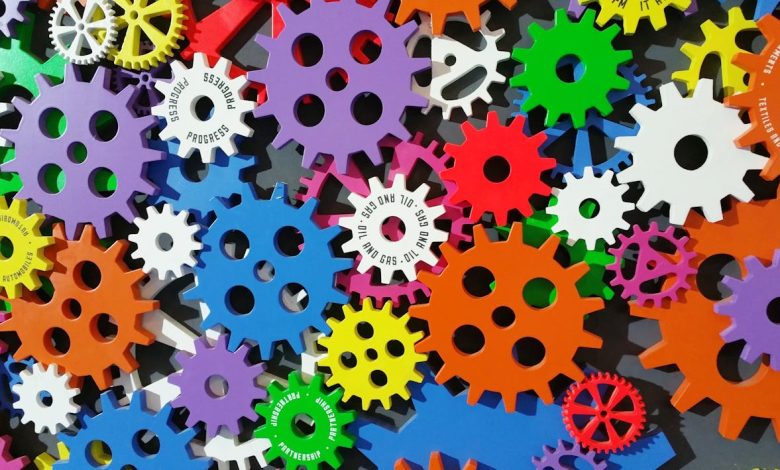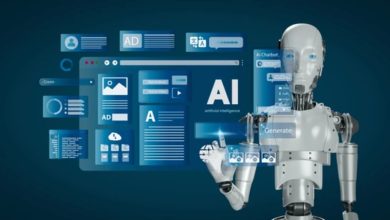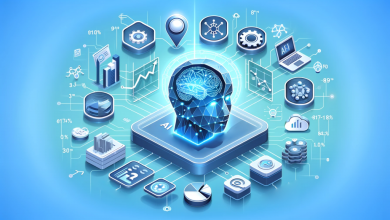AI and Automation Trends for 2025 by UiPath

By Jess O’Reilly, Area Vice President, Asia, at UiPath
In 2025, the convergence of AI and automation will transform the future of work, driving unprecedented levels of efficiency, productivity, and collaboration between humans and machines. At the forefront of this transformation is the rise of agentic AI and gains from both the “outside-in” AI built into enterprise software and new LLM-powered approaches to leveraging internal data.
AI will move from thought to action as the age of agentic AI dawns. Workplaces need to strike up the orchestration.
AI agents will gain the intelligence and judgment for autonomous understanding, planning, and acting—tackling use cases that software robots cannot manage on their own. This will spur faster innovation, more responsive customer interactions, and higher efficiency and productivity across enterprises.
Fueled by advanced AI and machine learning (ML) models, AI agents have the capacity to go far beyond GenAI’s ability to generate content and answer questions. These goal- and action-oriented agents can develop and execute an action plan to achieve the business goals set for them. Such capability allows organisations to augment the human workforce with virtual workers possessing the “smarts” to respond to plain language prompts and event triggers, reason through complex problems and processes, retain and reflect on outcomes to adjust and improve, and recommend and take actions.
Based on a survey, APAC businesses are optimistic about the potential of AI agents, with 70% planning or considering their integration. For investment advisors, AI agents are already gathering, analysing, and generating reports from financial data. Equipped with real-time data, context, and the right demand and behavioural predictive models, agents can either support human representatives in providing one-to-one service—or use their own conversational abilities to provide it themselves.
2025 will set the foundation for growth in agentic AI, with early adoption of agentic use cases and investment to build out an orchestrated agentic ecosystem across the enterprise. Enterprises will look at prioritising orchestration capabilities for coordinating tasks, managing workflows, and optimising operations across diverse enterprise technologies and systems. For instance, UiPath is focused on empowering agents to orchestrate processes across the entire enterprise application ecosystem, instead of targeting singular platforms, to automate at scale. There will also be a growing expectation for orchestration to support multiple agents, whether they are working independently or collaboratively, and to integrate their decisions and actions into coherent, well-orchestrated sequences.
Humans will be sharing jobs with machines. The great work reallocation begins.
Agentic AI will drive enterprises to “redesign and reassign” jobs and workflows to better leverage the unique strengths of both humans and machines. According to LinkedIn data, job skill sets have changed around 25% since 2015 and are projected to shift by 65% by 2030 globally. This figure is even higher in Singapore, which is targeting a 50% job transformation rate by 2025, based on LinkedIn’s Jobs on the Rise Report.
Starting in 2025 and continuing through the decade, enterprises will face the immense challenge of reinventing operating models, reshaping jobs, retraining workers, and redistributing tasks between human and virtual employees. The C-suite will lead this transformation, supported by a growing network of consultants and operations experts focused on designing new AI-driven operating models, managing large-scale change, and implementing cross-enterprise agentic systems.
As enterprises face the growing challenge of managing handoffs between humans and machines amid workforce reallocation, orchestration capabilities will become crucial to ensure clear roles, systems, and processes. Without enabling infrastructure, orchestration, and controls, agentic AI will be unscalable and unsustainable. Meanwhile, a human workplace without defined roles, systems, and processes would also be chaotic, underperforming, and unproductive.
The focus will shift towards setting in place a new AI and automation-infused workplace ecosystem designed to foster full collaboration among agents, robots, and people— while providing control, visibility, and active governance.
Built-in AI is set to soar in 2025. New tools and approaches such as knowledge graphs and internal LLMs are taming the data deluge.
Scalability challenges are fueling interest in ‘built-in GenAI’ as organisations seek to overcome the trough of disillusionment. A recent survey reveals that 64% of APAC organisations are more inclined to consider vendors that integrate GenAI features into their products, highlighting the demand for integrated solutions that not only facilitate GenAI adoption but also provide tangible business value.
As AI becomes integrated in more solutions, enterprises reap AI gains without the pain. By 2025, AI adoption will continue to be fueled by agentic AI developments. For example, UiPath’s Autopilot for developers has reduced automation time by up to 75%, while Autopilot for testers has eliminated 50% of manual testing. And that’s just copilots—providers are increasingly leveraging AI throughout their products to expand capabilities, boost performance, and lower usage barriers.
Meanwhile, organisations’ concerns over data security and accuracy of public GenAI tools are also driving a surge in interest in new techniques and tools such as knowledge graphs, retrieval augmented generation (RAG), and internal LLMs. According to the UiPath Knowledge Worker survey, Singapore workers using GenAI are most concerned about security risks (38%) and inaccurate output (34%), as in the case of most markets in Asia Pacific.
Knowledge graphs, which represent real-world entities like events and concepts, connect scattered information across different data sources to drive significant improvements. On the other hand, RAG improves GenAI models’ performance by giving them access to real-world data while they generate responses. Many companies are also refining foundational LLMs with proprietary data to turn enterprise data into a significant advantage within a company’s firewalls.
Ultimately, the most successful enterprises in 2025 will focus not only on scaling agentic AI but also on ethical automation, embedding governance and transparency into their AI orchestration strategies as they navigate escalating regulations.




